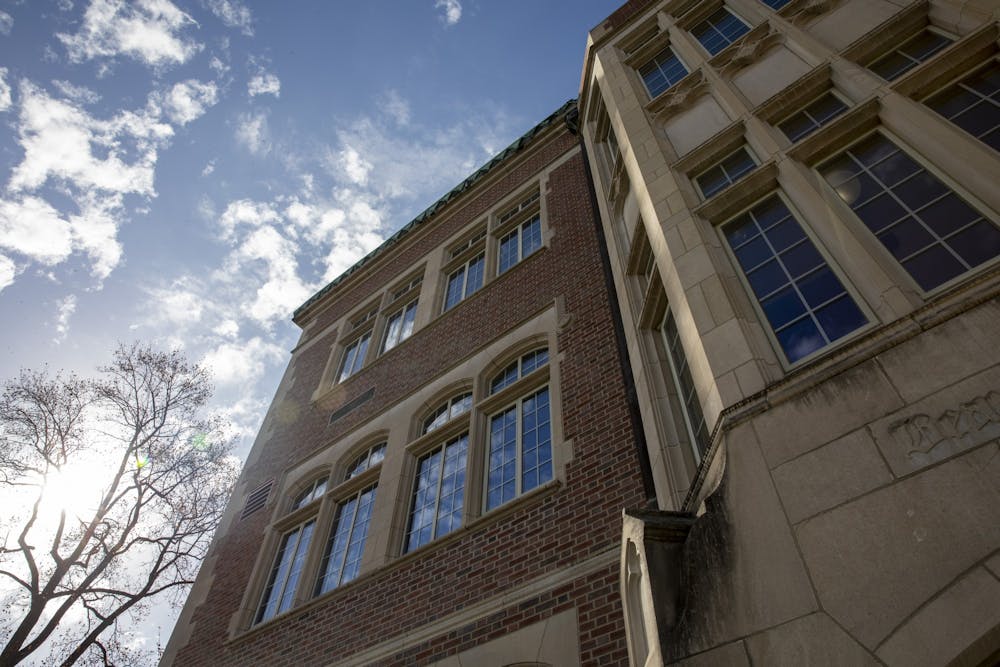About DOMA
Hours:
Tuesday - Friday: 9 a.m. - 4:30 p.m.
Saturday: 1:30 - 4:30 p.m.
Address:
2021 W. Riverside Ave.
Muncie, Indiana, 47306
DOMA will close at noon Nov. 25, 2020, and reopen Jan. 19, 2021, for visitors who wish to go to the museum in person.
Check out DOMA’s collection website here.
Source: David Owsley Museum of Art
With the coronavirus pandemic, many organizations around campus had to make some operational changes, including the David Owsley Museum of Art (DOMA), which updated its website — making it more user-friendly by sharing its collection online with students, researchers and others interested in the artwork.
Robert La France, director of DOMA, said his goal is to move DOMA’s entire collection, which includes more than 11,000 objects and photographs, online.
La France said many people don't realize how beautiful DOMA can be, so the website can inform more people and help advertise the artwork. If people are curious about what artwork the museum has, the first place they want to see is the website, La France said.
“People say this museum is a hidden treasure. People will say they had no idea it was here,” he said. “Well, if we were able to put some of our hidden treasures online and share some information about them with pictures accessible online, then we maybe won’t be so hidden anymore.”
Denise Mahoney, Register and Collection Manager of DOMA, said the process of getting the DOMA website ready began in 2014 when La France arrived as director. Mahoney worked behind the scenes to prepare about 1,000 pieces of artwork to go online.
“We did everything in batches because we couldn’t put everything online at once because the records needed to be edited quite a bit for the first alteration,” she said. “That was kind of an easy decision because everything in the gallery already has labels for them — somebody has worked on it and has done research for them.”
While Mahoney said moving everything in the museum online wasn’t difficult, DOMA employees had to look through artwork in storage, verify their labels and bring in experts from other cultures to fact check labels and information on other works.
“For Asian objects, which I know nothing about, we do have a part-time Asian art curator,” Mahoney said. “She's only in once a week, and she's been working on those, and once they are ready, she will let me know that they are OK to put online.”
La France said the process of moving artwork online has been an ongoing team effort. The website is one way to look at art, but La France still encourages students to come in and walk through DOMA if they haven’t had the chance.
“I’m happy that it's coming to be, but a part of me is torn because I know from my lifetime working with the arts is that the firsthand experience from a work of art can't be really replicated online,” La France said. “Looking at something in three dimensions from up close, from far away and moving around an object, especially a sculpture, you really can try to make a similarity of that online, but it really does not have the same experience.”
Contact Angelica Gonzalez Morales with comments at agonzalezmor@bsu.edu or on Twitter @angelicag_1107.





